Understanding qPCR Sampling
Data Driven MSQPCR Sampling Leads to Comprehensive Solutions


Mold Specific Quantitative Polymer Chain Reaction
Quantitative Polymerase Chain Reaction (qPCR) is a molecular testing method used to detect and quantify specific genetic material by amplifying DNA. It is widely applied in areas such as gene expression profiling, pathogen detection, clinical diagnostics, and environmental monitoring.
MS-qPCR = Mold Specific Quantitative Polymer Chain Reaction
MS-qPCR sampling gives us a more detailed analysis of the types of mold and other potential environmental hazards that may be impacting a property and a client’s health. If you’re struggling with a possible environmental issue and haven’t been able to find the right answers, qPCR testing may be the right solution for you.
Our Mold Specific qPCR Sampling Services
qPCR-EM (ERMI)
Tests for 36 mold species, identifying molds at the species level (e.g., Aspergillus fumigatus, Aspergillus niger). It generates an ERMI Score but focuses on evaluating each mold type relative to external samples, historical data, and spore distributions.
It is important to note that we do provide an ERMI Score to our clients. However, we DO NOT base our conclusions off of this score. Instead, we look at each individual mold type and its concentration as it compares to the outside control sample, other samples collected within the structure, the spore distribution throughout the sample, and against historical data for each mold via our internal sample database accounting for regional trends in reference counts and types.

qPCR-HM (HERTSMI)
A condensed test analyzing 5 mold species associated with CIRS (Chronic Inflammatory Response Syndrome). Results generate a HERTSMI-2 Score with re-entry safety categories for CIRS patients.
The qPCR-HM sample tests for five specific mold types
- Aspergillus penicillioides
- Aspergillus versicolor
- Chaetomium globosum
- Stachybotrys chartarum
- Wallemia sebi
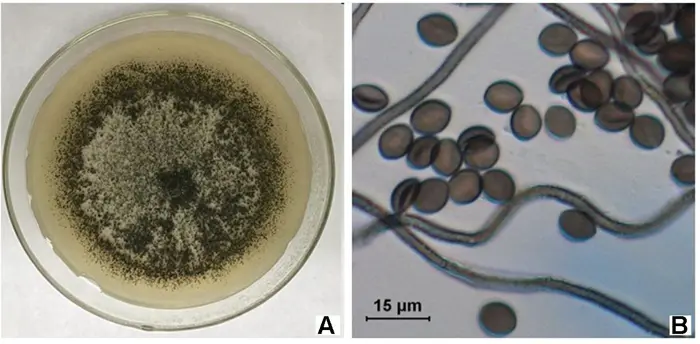
An algorithm is applied to the results, and the sample is given a HERTSMI-2 Score. While the HERTSMI-2 score can be helpful in a mold investigation, it is most relevant to individuals being treated for CIRS. Specific to CIRS patients, the HERTSMI score is put into one of three categories
- Statistically safe for re-entry for those with CIRS
- Borderline; clean first and re-test before re-entry
- Dangerous for those with CIRS. Do not Enter
While the HERTSMI score can be useful, it can be flawed depending on concentrations of specific molds. Therefore, we do not base our conclusions off of this score alone as with the qPCR-EM sample.
qPCR-Actino
Focuses on bacterial presence, commonly summarized as Actinomycetes, and concentrations, providing a Prevalence Index, Dominance Index, and a Bacteria Burden Score (specific to LisBiotech). It identifies harmful bacteria often linked to water-damaged environments.
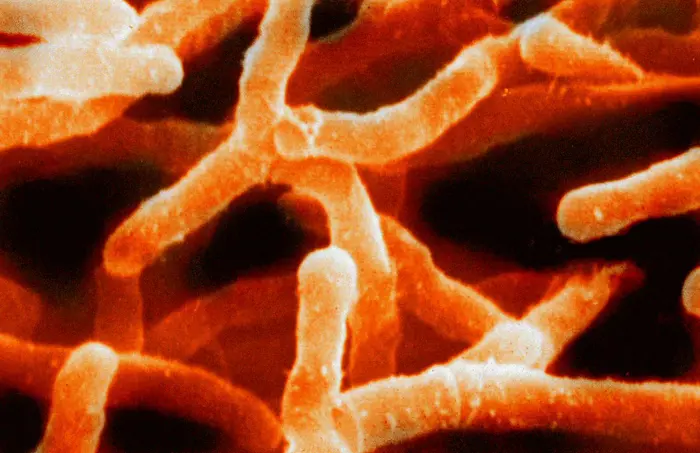
qPCR-Endo
Detects Endotoxins, inflammatory compounds from Gram-negative bacteria. High concentrations may arise in water-damaged homes, environments with animals, or unsanitary conditions.
Another source of Endotoxins is related to fecal matter, sewage systems, and the related sewer gases which can incorporate large amounts into the indoor environment.
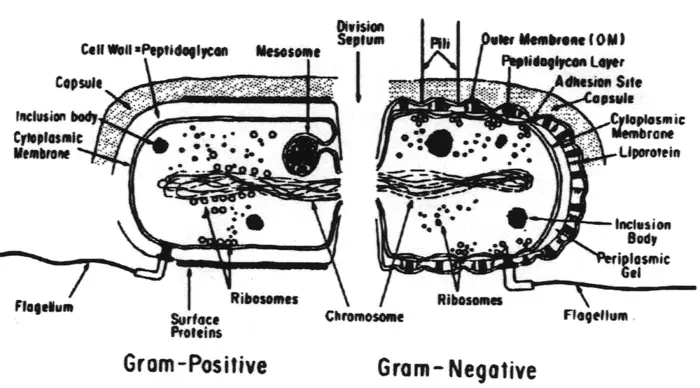
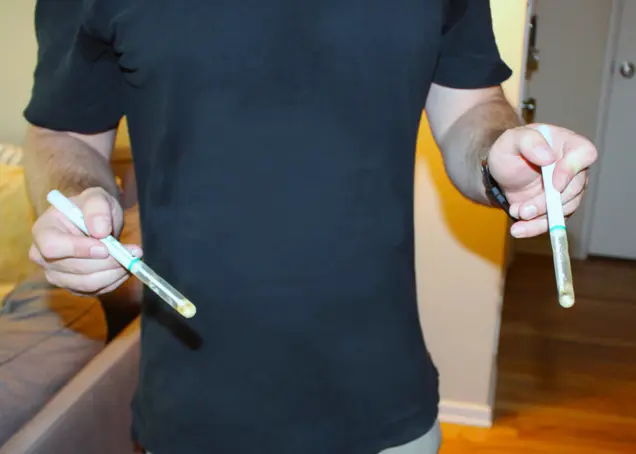
Our Sampling Strategy
To ensure accurate results, our sampling strategy adheres to the following guidelines:
- We always collect an outside control sample as a baseline in order to give important context to samples collected indoors. Without this it is not possible to determine if a given level of mold presence should be considered elevated.
- At least one sample per floor of a structure is recommended.
- In large areas (>1,000 sq ft), multiple samples are advised per the original EPA ERMI Survey.
- We generally recommend cross-contamination samples for unaffected areas when an issue is identified to rule out the possibility of mold contamination in areas adjacent to affected areas.
There is important data in the sampling and methodology itself that we can use. Every case we come across is individual and unique and then figuring out how to use that data best for these types of projects to get to the solution that our clients are looking for.

What does ERMI Stand for?
Environmental Relevant Moldiness Index
- Derived from a study done by the EPA in the early 2000s to help determine what might be baselines for
low, average, and high when completing qPCR testing. - Known as the ERMI Score System.
- Testing scale used to determine the overall mold contamination within a building.
Did You Know?

MSQPCR testing is crucial for mold-sensitive individuals who have CIRS (Chronic Inflammatory Response Syndrome) or other mold-related illness and are working with a doctor for a specific treatment plan.

Why should an ERMI score always be used with additional data?
Over the years, independent environmental specialists (IDPs) began to rely solely on the EMRI scores when
evaluating homes instead of looking at the other contributing factors, such as individual mold types,
concentration levels, relative humidity, etc... The ERMI score should be used as one tool in our arsenal to
complete a comprehensive investigation. When used alone, an ERMI score has much less significance in
determining what the most effective next steps should be.
At Mold Inspection Sciences, we’ve compiled our own database, based on thousands of investigations, of
average, normal, and high, which allows us to give clients more detailed results and next steps.
The bottom line is that qPCR data and individual mold types are invaluable data for a comprehensive
investigation.
Download Our qPCR Sampling Guide
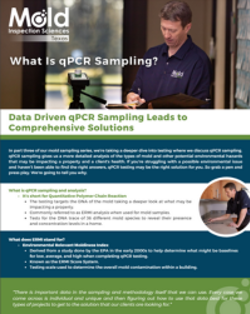
MSQPCR (mold-specific qPCR) sampling gives us a more detailed analysis of the types of mold and other potential environmental hazards that may be impacting a property and a client’s health

